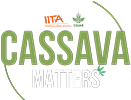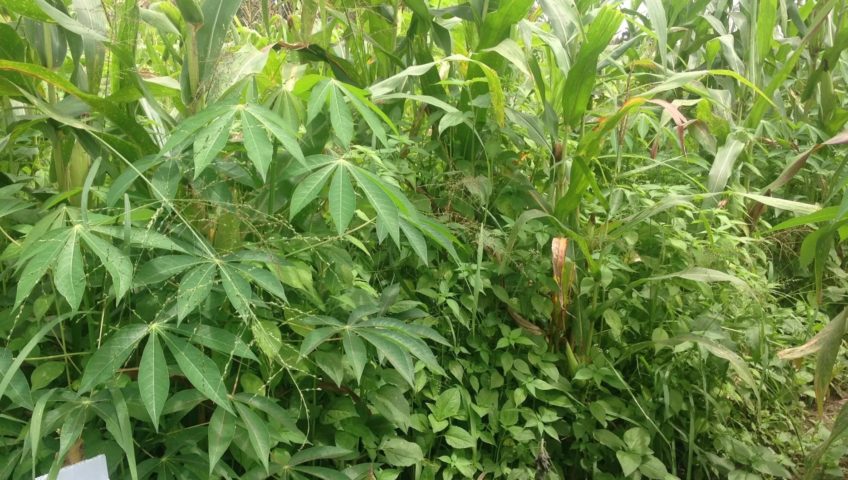Researchers working at the International Institute of Tropical Agriculture (IITA) and national partners have identified eight major weeds undermining the yield of cassava and hurting the incomes of farmers in Nigeria.
In a study published in Tropicultura (a peer reviewed journal) and titled: Assessment of Weeds of Cassava and Farmers’ Management Practices in Nigeria, the researchers found Euphorbia heterophylla, Imperata cylindrica, Aspilia africana, Panicum maximum, Chromolaena odorata, Commelina benghalensis, Digitaria horizontalis, and Rottboellia cochinchinensis as the most troubling weeds in cassava farming systems.
These findings are useful for smallholder farmers and companies seeking solutions to weed menace and targeting specific agroecological zones in the country.
The study was authored by F. Ekeleme, G. Atser, A. Dixon, S. Hauser, D. Chikoye, P. M. Olorunmaiye, G. Sokoya, J. Alfred, Moses C. Okwusi, D.S. Korieocha, Adeyemi O. Olojede, Toye Ayankanmi and S.T.O. Lagoke.
Conclusions from the study followed field evaluation of weeds and management practices conducted in 200 cassava farms in three agroecologies in Nigeria. Four states were involved in the agroecologies, which are noted for cassava cultivation and where the bulk of Nigeria’s 56 million tons of cassava come from. The states are Abia, Benue, Oyo and Ogun.
Lead researcher, Prof Friday Ekeleme (IITA Scientist) said the study identified “four distinct clusters depicting variation in weed species composition among the agroecologies,” pointing out that soil pH and silt content, fallow length, cultivation method, and weed management method contributed to the variation in species composition.
In the Humid Forest zone (Abia and other areas in the South East), the study found Ageratum conyzoides, A. africana, Cyperus rotundus, C. odorata, and P. maximum as the five most important weeds.
For the Derived Savanna zone (Oyo, Ogun and other areas in South West), Tridax procumbens, I. cylindrica, C. odorata, Cyperus diffusa, and E. heterophylla were identified by farmers and field evaluation as the five most important weeds. In the SGS zone Southern Guinea Savanna (Benue, Northern part of Oyo and areas in the North Central), the most five important weeds were T. procumbens, E. heterophylla, I. cylindrica, R. cochinchinensis, and C. benghalensis.
Farmers’ management of these weeds also varied across ecological zones, suggesting that weed management strategies in cassava should be focused on agroecological zones, the study found.
In the Humid forest, hoe-weeding (51.2%) and slashing (43.0%) with machetes were the predominant methods of control. Herbicide use was high in the Southern Guinea Savanna and medium to high in the Derived Savanna (26.3-42.2%).
The study concludes that there was the need for education to increase farmers’ knowledge of the problematic of weeds and to improve both their choice of appropriate herbicides and their safe use is critical to effective and efficient weed management in cassava.
This publication came out from the work down by the IITA-managed Cassava Weed Management Project (CWMP), which is currently running in the framework of the African Cassava Agronomy Initiative (ACAI).

